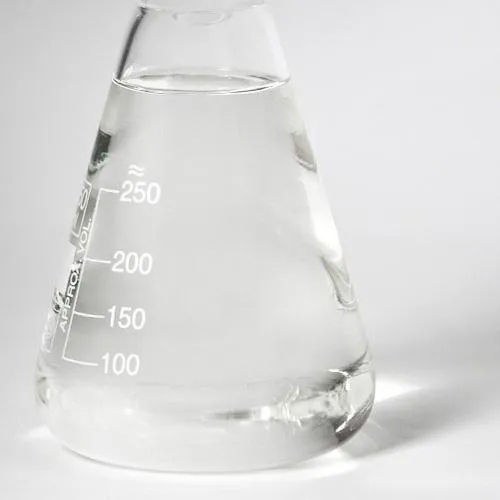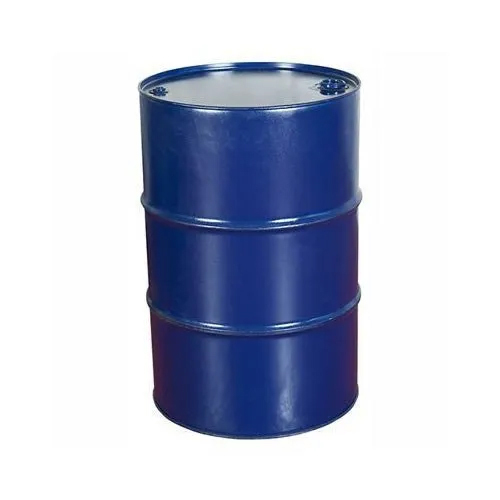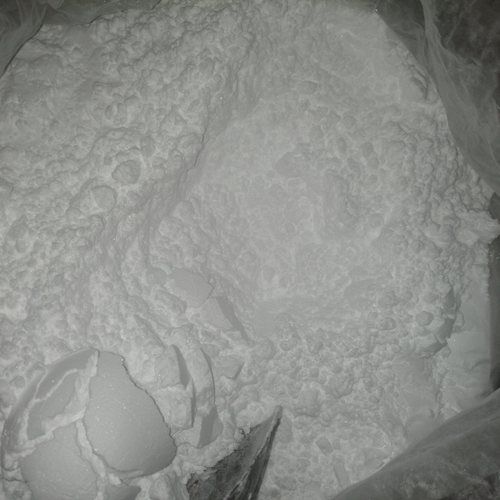Welcome to Our Company
Monoethanolamine Liquid
95 INR/Kilograms
Product Details:
- Physical Form Liquid
- Grade Technical Grade
- Storage Room Temperature
- Product Type Monoethanolamine Liquid
- CAS No 141-43-5
- Application Pharmaceutical
- Solubility Water Soluble
- Click to View more
X
Monoethanolamine Liquid Price And Quantity
- 95 INR/Kilograms
- 1 Kilograms
Monoethanolamine Liquid Product Specifications
- Monoethanolamine Liquid
- 141-43-5
- Water Soluble
- Pharmaceutical
- Liquid
- Room Temperature
- Technical Grade
Monoethanolamine Liquid Trade Information
- 1-7 Days
Product Description
Monoethanolamine liquid is a clear, colourless, viscous liquid with an ammonia-like odour. It is an organic substance that is a member of the ethanolamine family. This offering is an organic compound with the chemical formula C2H7NO and consists of one ethyl (-C2H5), one hydroxyl (-OH), and one amino (-NH2) group. The provided substance is utilised in gas treatment procedures including natural gas filtration and CO2 abatement from flue gas emissions. Monoethanolamine liquid effectively removes acidic gases from industrial processes including carbon dioxide (CO2) and hydrogen sulphide (H2S) by reacting with them to create stable chemicals. It is present in shampoos, soaps, and detergents.
Uses of Monoethanolamine:
Monoethanolamine (MEA) is a versatile chemical compound with various industrial, commercial, and household applications. Some common uses of monoethanolamine include:
1. Gas scrubbing: One of the most significant applications of MEA is in natural gas and biogas purification. MEA is used to remove acidic components like hydrogen sulfide (H2S) and carbon dioxide (CO2) from gas streams in a process called gas scrubbing or gas sweetening.
2. Amine gas treating: Monoethanolamine is employed in amine gas treating units to separate and capture carbon dioxide (CO2) from industrial flue gases, such as those emitted by power plants and refineries. This helps reduce greenhouse gas emissions.
3. Solvent and chemical intermediate: MEA is used as a solvent for various substances, including waxes, oils, fats, and resins. It also acts as a chemical intermediate in the production of other chemicals, such as detergents, cosmetics, pharmaceuticals, and plasticizers.
4. Personal care products: MEA is found in a range of personal care products, such as shampoos, conditioners, lotions, and soaps, as an emulsifying agent and pH adjuster.
5. Corrosion inhibitor: MEA is used in some formulations as a corrosion inhibitor to protect metal surfaces from rust and corrosion.
6. Textile industry: In the textile industry, MEA is used for fabric softening, dyeing, and finishing processes.
7. Cement industry: MEA is sometimes added to cement grinding aids to improve the efficiency of the grinding process and enhance the cement's performance.
8. Metalworking fluids: MEA is used in metalworking fluids to improve lubrication and cooling properties during machining and metal forming processes.
9. Pharmaceuticals: In pharmaceuticals, MEA can be used as a stabilizer in certain formulations and as an intermediate in the synthesis of various drugs.
10. Herbicides and pesticides: MEA is sometimes used as an ingredient in certain herbicides and pesticides to enhance their effectiveness.
11. CO2 capture in breweries: MEA has been utilized in breweries to capture and recycle carbon dioxide produced during the fermentation process.
FAQ:
Q: What is Monoethanolamine (MEA)?
A: Monoethanolamine, commonly abbreviated as MEA, is a chemical compound with the formula C2H7NO. It is an organic compound that contains both an amine group (NH2) and an alcohol group (OH), making it an amino alcohol. MEA is a clear, colorless, and viscous liquid with a slight ammonia-like odor.
Q: What are the main industrial uses of Monoethanolamine?
A: MEA has several important industrial uses, including gas scrubbing to remove acidic components like carbon dioxide (CO2) and hydrogen sulfide (H2S) from gas streams, amine gas treating to capture CO2 from industrial flue gases, solvent and chemical intermediate in the production of various substances, and as a corrosion inhibitor. Additionally, MEA is used in the textile industry, cement industry, metalworking fluids, pharmaceuticals, and some herbicides and pesticides.
Q: How is MEA used in gas scrubbing and amine gas treating?
A: In gas scrubbing, MEA is used as an absorbent to remove acidic components (e.g., CO2 and H2S) from natural gas and biogas streams. It reacts with these acidic gases to form stable compounds that can be easily separated, leaving the purified gas. In amine gas treating, MEA is utilized to capture and separate CO2 from industrial flue gases, such as those generated by power plants and refineries.
Q: What are the household and personal care uses of Monoethanolamine?
A: MEA is found in various household and personal care products. It is used as an emulsifying agent and pH adjuster in shampoos, conditioners, lotions, and soaps. Additionally, MEA is used in fabric softeners for laundry purposes.
Q: Is Monoethanolamine safe to use in consumer products?
A: In consumer products, MEA is generally considered safe when used in appropriate concentrations and according to product safety guidelines. However, as with any chemical, it is essential to handle it with care and avoid direct contact with skin and eyes, especially in concentrated forms.
Q: Are there any environmental concerns related to Monoethanolamine use?
A: MEA use in gas scrubbing and amine gas treating can help reduce greenhouse gas emissions by capturing CO2. However, if MEA or its derivatives are released into the environment without proper treatment, they can be harmful to aquatic life and may contribute to water pollution.
Q: Can Monoethanolamine be used in pharmaceuticals?
A: Yes, MEA can be used in pharmaceuticals. It can act as a stabilizer in certain drug formulations and also serves as an intermediate in the synthesis of various medications.
Q: Is Monoethanolamine the same as diethanolamine (DEA) or triethanolamine (TEA)?
A: No, MEA, DEA, and TEA are different compounds. While they all belong to the group of ethanolamines, they have different chemical structures and properties. Monoethanolamine has one ethanolamine group, diethanolamine has two, and triethanolamine has three.
Q: What safety precautions should be taken when handling Monoethanolamine?
A: When handling MEA, it is essential to use appropriate personal protective equipment (PPE), such as gloves and safety goggles, to prevent direct contact with the skin and eyes. Adequate ventilation should be ensured in areas where MEA is used, as inhaling vapors can be irritating. MEA should be stored in a cool, dry, and well-ventilated area, away from sources of heat and ignition.
Q: Is Monoethanolamine a hazardous chemical?
A: Monoethanolamine can be hazardous in concentrated forms or if mishandled. It is considered a hazardous material and must be handled with care, following appropriate safety measures and guidelines to avoid potential health and safety risks.
Tell us about your requirement

Price:
Quantity
Select Unit
- 50
- 100
- 200
- 250
- 500
- 1000+
Additional detail
Mobile number
Email









